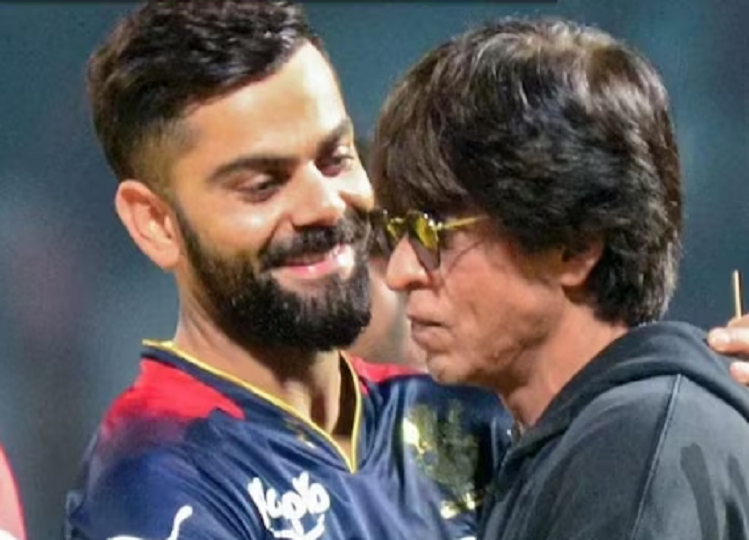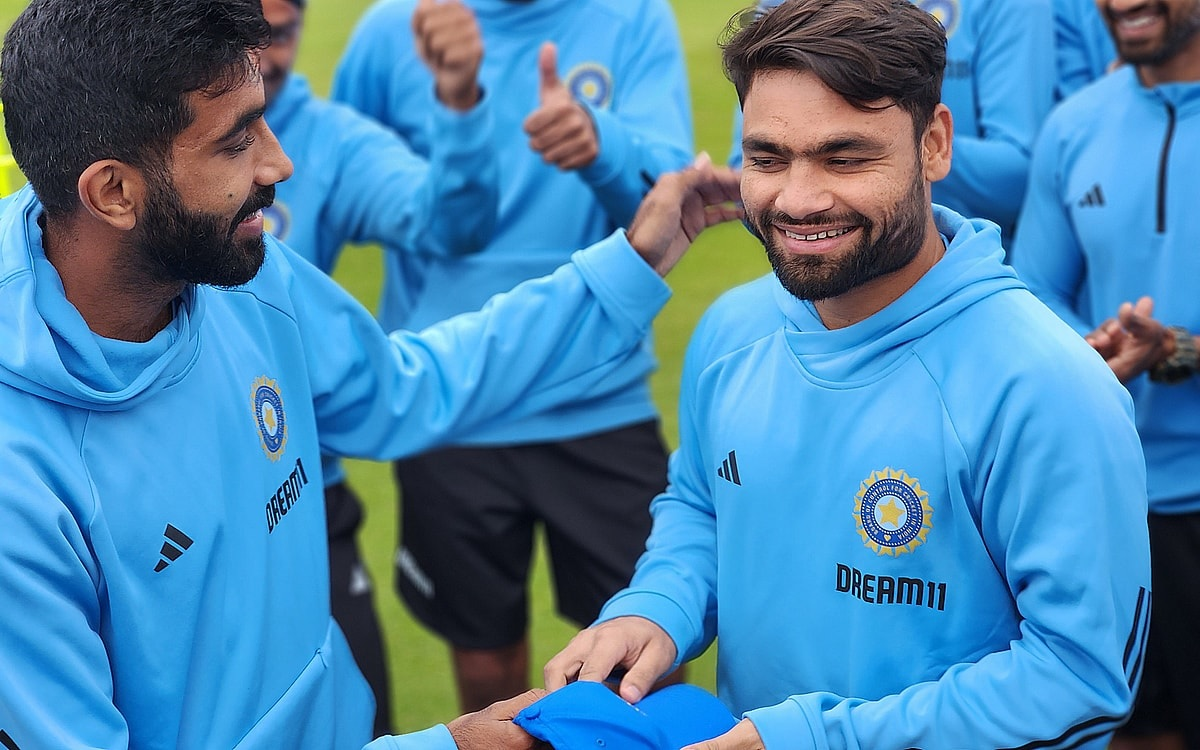
Cricket is a game of uncertainties. Here the dice of the match turn at any time. Most people are aware of the rules of cricket. But there are some unique rules of cricket of which people are not aware. Today we are going to tell you about 5 such unique rules of cricket that fans might be unaware of.

Rules for the loss of the ball
You must have often seen that when batsmen play big shots, sometimes the ball goes out of the field, and sometimes the ball is lost. The fielding then declares the last ball from the team, in which case the umpire gives a second ball, which is approximately the same number of overs as the previous ball, and play is resumed.
No appeal rule
Many times you must have seen that the ball takes the outer edge of the bat and goes directly into the gloves of the wicketkeeper and due to the noise, the on-field umpire is unable to hear the sound and does not give out to the batsman. However, the solution to this problem has come out through DRS technology. But what if the fielding team does not appeal for the wicket? According to the rules, the umpire cannot give a player out until the fielding team appeals for a wicket.
Mankading's law
According to this rule, a non-strike batsman cannot leave the crease until the bowler has bowled the ball. In the 2019 IPL, Ravichandran Ashwin dismissed Jos Buttler from the crease. There were a lot of controversies then. However, Ashwin did all this within the bounds of the rules. But he had to listen a lot.
the rule of returning the injured player to the field
Until many years ago, when players went out of the field after getting injured, then substitute fielding could be done in their place, due to which the players were out of the field for a long time. But now a new rule has been made, under which any player has to give a valid reason to the umpire before leaving the field. Along with this, a rule was also made that the player cannot bowl or bat for so long until he comes back from the field.
Ball-handling rules

This rule has always been in the headlines. According to this rule, the umpire has the right to give the batsman out if the batsman deliberately hits the ball or stops it. But it becomes very difficult to determine whether the batsman has done this deliberately. Many times batsmen touch the ball so that it does not hurt them.










